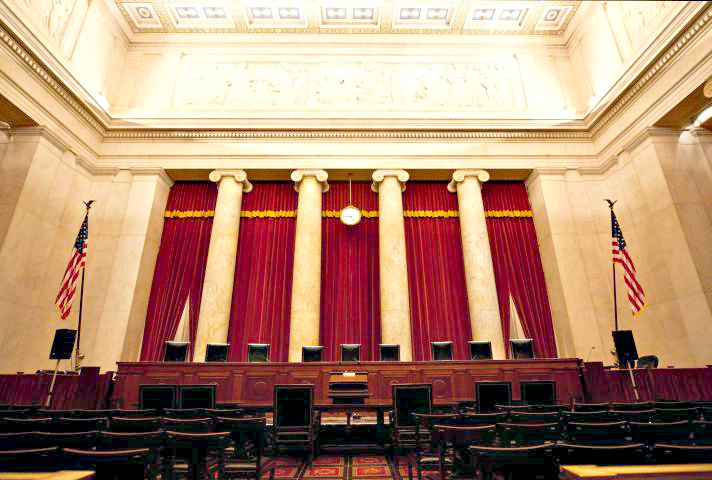Kerby Anderson
The battle over every Supreme Court nominee illustrates how the court has become more powerful and influential than the framers ever envisioned. Alexander Hamilton, writing in the Federalist Papers, concluded that the judiciary would probably be the least dangerous branch of government. His reasons were simple. The court lacked “the power of the executive branch and the political passions of the legislature.”
The high court has much more power and is deciding more cases than the framers would have predicted. That is why every Supreme Court nominee is heavily scrutinized.
Not only is much at stake, but also predicting how a nominee will rule in the future has been difficult, especially for Republicans. Marc Thiessen reminds us that Democratic presidents have appointed four justices (Ruth Bader Ginsburg, Stephen Breyer, Elena Kagan, and Sonia Sotomayor) who have all remained consistently liberal. By contrast, Republican presidents have picked seven justices (Sandra Day O’Connor, Antonin Scalia, Anthony Kennedy, Clarence Thomas, David Souter, Samuel Alito, and John Roberts). He says, “more than half have defected to vote with the court’s liberal bloc on critical issues. Democrats have a perfect record, while Republicans are not even batting 500.”
We will probably see an additional battle over a Supreme Court nominee in the near future. Ruth Bader Ginsburg turns 84 in March. Anthony Kennedy is 80. Stephen Breyer is 78. Although the confirmation hearings for Judge Neil Gorsuch will be controversial enough, the battle to replace a second Supreme Court justice could generate even more fireworks. Both sides understand what is at stake by confirming a justice for a lifetime appointment to the high court.
I encourage you to watch the hearings and to pray for the senators who, according to the Constitution, must provide “advice and consent” to the appointments made by the president.
 Listen Online
Listen Online Watch Online
Watch Online Find a Station in Your Area
Find a Station in Your Area











 Listen Now
Listen Now Watch Online
Watch Online
